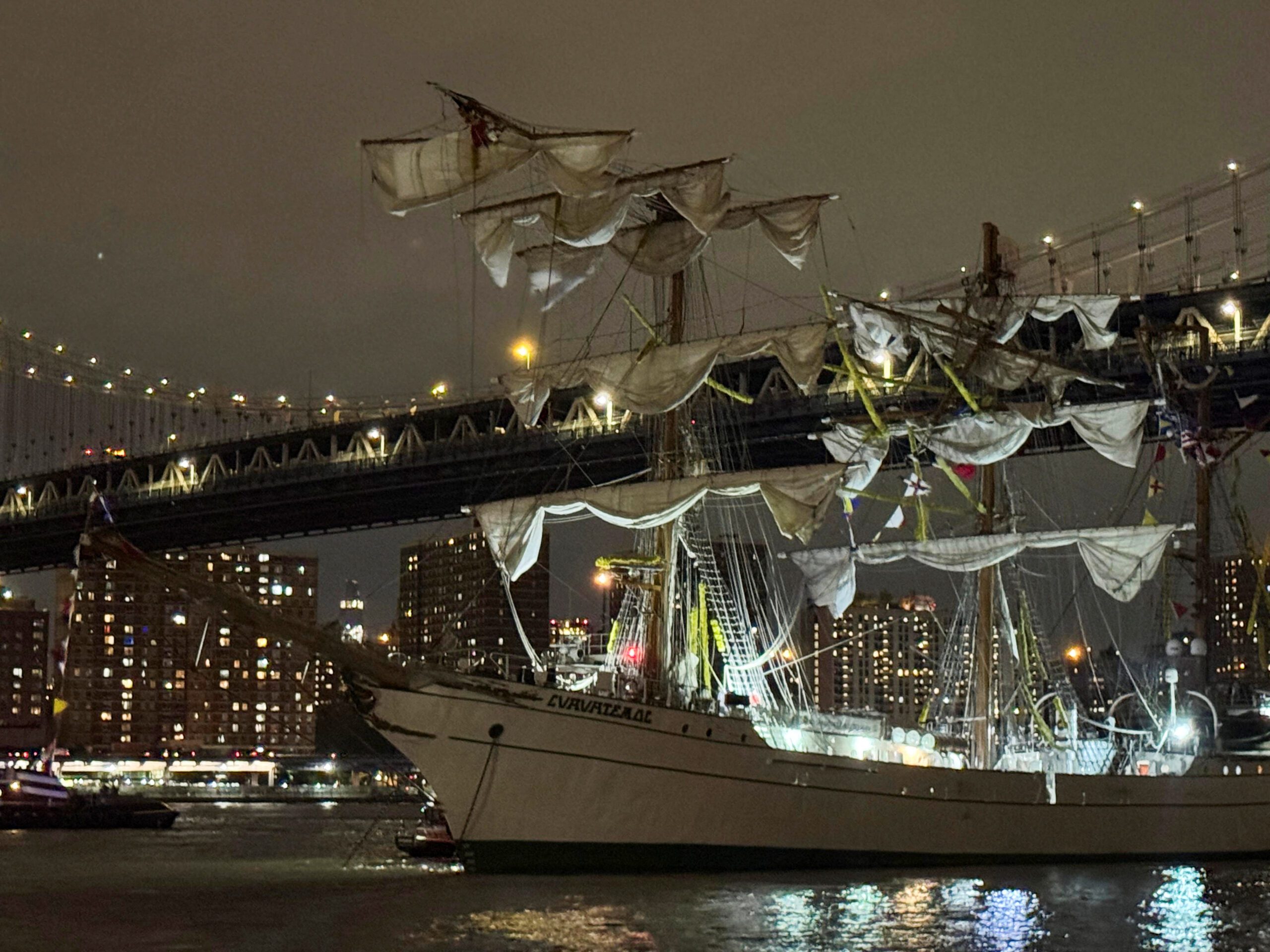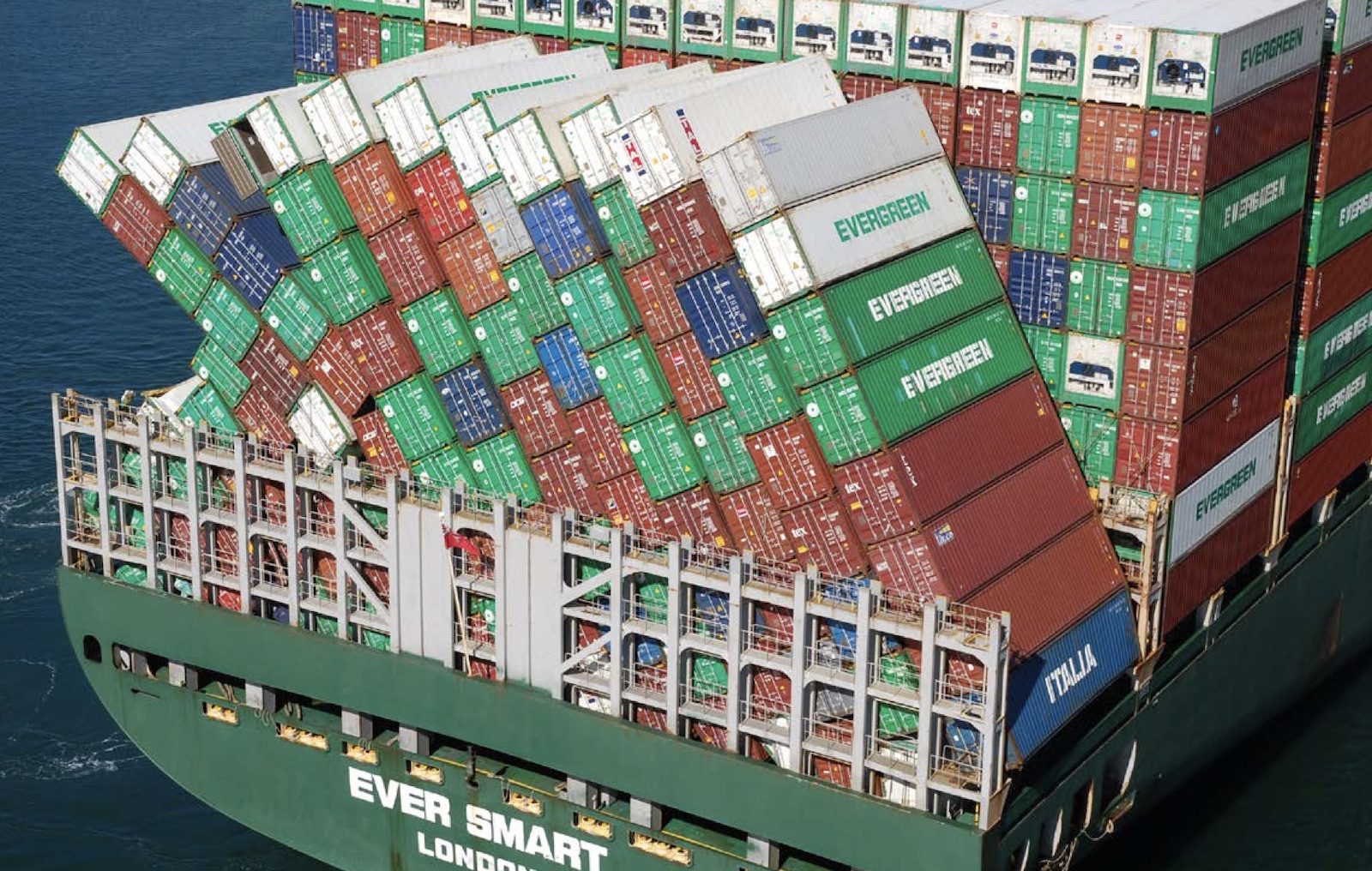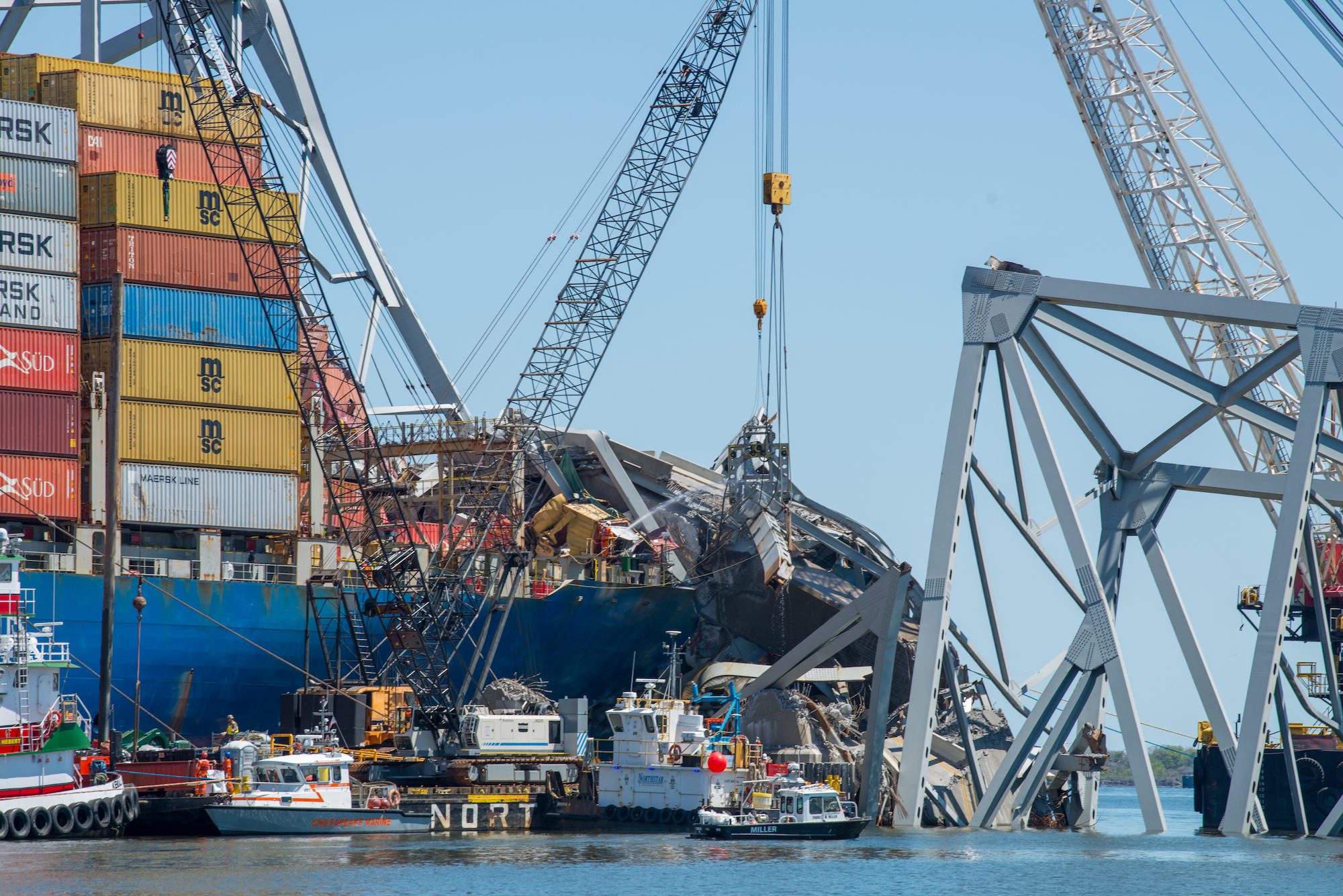National Transportation Safety Board says speed and hydrodynamic forces played a role in a collision between a tugboat and a tanker in the Corpus Christi Ship Channel last year.
The collision took place on January 22, 2023, when the tugboat Mark E Kuebler collided with the tanker Nisalah near Ingleside, Texas, resulting nearly $7 million in damages between the two vessels. Fortunately, there were no reported injuries.
The NTSB report revealed that the smaller tug was drawn in by the hydrodynamic forces of the larger tanker. The report emphasized that small vessels operating near larger ones must ensure a safe distance or have enough reserve power to counteract the hydrodynamic forces and avoid being pulled towards the larger vessel. This is particularly important for tugboats conducting harbor-assist operations.
On the day of the incident, the Mark E Kuebler was one of the five tugboats assigned to assist the Nisalah’s arrival. The tugboat’s position was at the tanker’s starboard quarter. As the Nisalah moved through the channel at nearly 10 knots, the tugboat’s mate attempted to turn around and transit backwards to their assigned position. However, during the turn, the tugboat was pulled towards the tanker and the two vessels collided. The NTSB found that the tugboat lacked enough reserve power to counteract the hydrodynamic forces due to the speed of the transit.
The NTSB report recommended that owners and operators of Z-drive tugboats establish speed limits for advanced maneuvers such as stern-first approaches.
“These limits may vary for different classes of tugboats based on design. Tugboat operators should communicate these limits to ship masters or pilots in command of the vessels that they are assisting before engaging in these maneuvers,” the NTSB stated.
In response to the incident, the operating company of the tugboat has implemented a new policy that limits stern-first landings of tugboats on assisted vessels to speeds of 7 knots or less.
Read the NTSB report here.

 Join The Club
Join The Club










